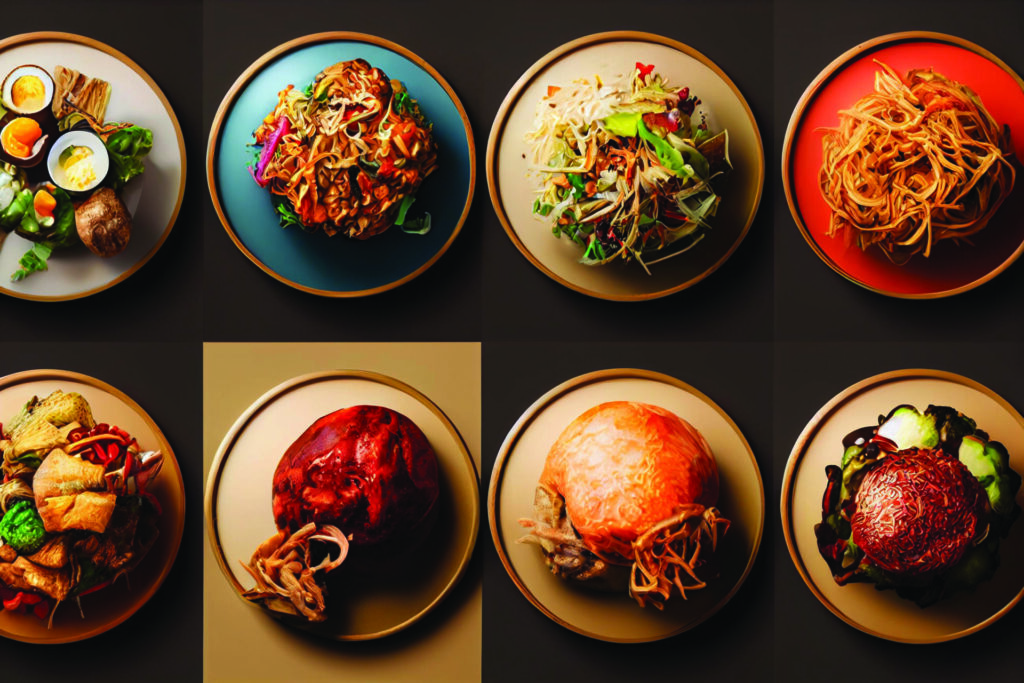Debt Management Tips for Restaurants
By: David Hopkins, President, The Fifteen Group
Restaurateurs (and small business owners in various other sectors) across the country have made it through probably the most challenging time of their careers. COVID absolutely pushed small business owners to the limit in terms of stress, patience, adapting – the list goes on. While there were many government supports to help restaurants through, they weren’t sufficient or in place long enough for the restaurant industry to rebound.
Restaurant owners had to do whatever they could to keep their business afloat – which meant taking on debt and, in many cases, a lot of debt. Even many of the best restaurants pre-pandemic still required debt support to make it out the other side. And while they can now consider themselves a proud business owner who survived COVID, they now have many new challenges: inflation pushing up product and labour costs and the tremendous challenge of finding staff within the restaurant sector (which pushes wage costs up even higher). However, the most significant challenge restaurant owners face is looming debt repayments.
The industry is known to be a challenging one to begin with. The average Canadian EBITDA % in restaurants pre-COVID was approximately 4%. This means that if you owned a restaurant that was doing $1.5 million in sales, the average profit was about $60,000 per year – and this is the average; many operators were doing much worse than that, with many at a break-even profit level at best.
So now, layer on the tremendous amount of debt operators took on to make it to the other side and combine that with skyrocketing interest rates, and you have a real problem for these small business owners.
For example, take a restaurant owner making $60,000 yearly in profit pre-COVID. Let’s say they took on $200,000 in debt to make it to the other side. That debt may have come in many forms – it may have been through their bank, or it may have been a BDC COVID em ency loan. It may have been a line of credit or some private loan with an extremely short repayment timeline. Whatever it is, it is debt that needs to be repaid. So, let’s say, for example, it is a loan with their bank or with the BDC and was over 48 months. That means the debt repayment (including the interest) is approximately $58,500 annually. That entirely wipes out any profit that the above restaurant was making. If they had to take on $300,000 of debt to make it through, their annual repayments would be closer to $87,886.
That doesn’t make for a great scenario with them now in a negative cashflow position, even though they were safely profitable pre-COVID.
*According to Restaurants Canada, twice as many restaurants have gone bankrupt in 2023 as in 2022 – and this massive debt obligation is a large part of the reason why. So what is a restaurant owner to do?
The best or most practical solution is to figure out a way to reduce the debt payments. Say, for example, that the restaurant that took on $300,000 in debt and was paying $88k back each year for 4 years was able to restructure that debt. Let’s say they now have $220k left outstanding on the loan (as they have already paid a chunk of it back). And let’s say that they could refinance that to repay the remaining balance over the next 7 years.
Those annual payments would now be approximately $34,000/year. It is still a lofty amount to repay but manageable, with $60,000 of positive cash flow each year to service that debt.

So what must one consider when dealing with lenders on making their payments work?
- Most lenders want to make it work.
A lender does not want you to close and/or default – that is not a great scenario for them as a lender. Some lenders are more open to working with you than others for sure. For example, the BDC is a bank set up to support small businesses – they are more likely to restructure debt than a traditional bank as it is part of their “mandate.” - You need to have a plan. No lender is likely to restructure debt because you ask them to. While a lender may be open to restructuring, they need to see a plan that makes sense. If you are just going to close your doors in 6 months, it is better for a lender to keep getting their higher payments until that point (why lower the payment and get less money over the next 6 months). A lender needs to know that your proposed payment structure works and is manageable.
- Your plan needs to be realistic. If your last year’s financial statements show that you lost $20,000 EBITDA and your debt payments are $88,000 per year, and you want to restructure your debt payments to $34,000 per year, your plan can’t just be “we are going to make better sales next year and therefore be profitable.” You need a detailed and realistic plan that convinces the lender that what you are proposing is achievable.
- Your plan needs to support the debt payments. Lenders generally want to see a 2:1 Debt Servicing Ratio. This means that if you have $30,000 in debt repayments (including the interest on that debt), they would want to see $60,000 in EBITDA. A plan that shows only $32,000 in EBITDA would not be strong.
What are the Makings of a Good Plan?
- First, you need the detail in numbers. While you run a restaurant, it is, first and foremost, a business. Your profit is a number, your debt is a number, and your loan repayments are numbers. You can’t just have a vision; you need numbers that support that vision and are detailed and realistic. Developing a budget that ties to historical results and implements your proposed modifications is essential – and the more detailed, the better. The more a lender sees that you understand every aspect of your “business” in detail, and the more that everything makes sense in the numbers, the more confidence they will have. Ideally, your plan will show the next 12 months’ performance month by month and then a 5-year projection.
- Your plan should detail the changes you are making that will modify your EBITDA (and these should then be reflected in your budgets). Examples of details include:
- We have re-engineered our menu with modest price increases, adding $30,000 to the bottom line with the same guest visits. (Providing further details of the menu changes would be great support).
- We are closing for lunch Monday to Friday, as an analysis of this meal period indicates that we are losing $20,000 of profit contribution by being open for lunch.
- We are extending our hours of operation on Friday and Saturday by one hour. Based on historical data, this should add $20,000 of revenue
per year, of which $10,000 will fall to bottom-line contribution (generally, 50% of incremental revenue in a restaurant goes to bottom-line profit.)
- We have adjusted our take-out containers and packaging to save expenses. Last year, our takeout supplies cost $40,000. With our new packaging and supplier, our total cost should be $26,000 – a savings of $14,000.
All of these changes total a $74,000 increase in profits. And all of them are concrete changes – they are not a “we are going to be busier” rationale.
So, if you are a restaurant that lost $20,000 last year and has $60,000 in annual debt servicing (principal plus interest), submitting the above plan to your lender (in a detailed and well-presented fashion) with a request to spread out your debt repayments may be well accepted. With these concrete actions in place, your EBITDA can realistically be $54,000 (a $74,000 increase on the prior year). Although it won’t cover your current debt servicing of $60,000 per year, it gives you good and sufficient coverage for $30,000 in annual debt servicing.

What are the best ways to increase your bottom-line profit?
The Fifteen Group has more than 20 years of experience helping restaurant operations be much more profitable. Here are the most common things that we recommend and help our clients implement:
- Menu Engineering – Properly engineering a menu will generally add 2-3% of sales to bottom line profit. For a $2 million in revenue restaurant, that is an additional $40,000-$60,000 profit each year without any negative guest impact. This is the easiest way to add profit to your restaurant business. Keep in mind, though, that you need to use proper techniques. Check out our Menu Engineering Webinar to learn more.
- Service Periods – Most restaurants we have consulted for are losing profitability by operating non-profitable service periods – lunch is often a big one. If you are open during the week for lunch, ensure that you are making money at it. We have encountered several restaurant owners who think they are profitable at lunch but are losing upwards of $60,000 in profit by being open then.
- Analyze Expenses – Review every
expenditure and ensure it is necessary and there is no more efficient way of achieving the same need. Many operations do certain things just because it is what they have always done – that doesn’t mean it currently makes sense to be doing it now. And if it does make sense, then review your suppliers and different options.

The Fifteen Group is North America’s leading hospitality consulting company. For more than 20 years, they have helped over 1,000 restaurants make a lot more money. Restaurant Profit maximization is one of the core functions of their business.









